|
Wow! What a week! Things are beginning to wind down here in Cambridge and will culminate tomorrow when Tina Blythe and David Perkins, both of the Project Zero team, give a talk on "Giving Change Legs," which I believe will help us to utilize many of the awesome things we have learned here this week. First I included a few pictures. Then I include some discussion on the course "All Learners Learning Every Day."
All Learners Learning Every Day (ALL-ED) by Rhonda Bondie
Key takeaways:
1 Comment
Roger Winn
7/27/2017 02:51:14 pm
I really like this idea of more student autonomy giving the teacher more time to think about the lesson and what adjustments need to be made to the lesson. Students who are more autonomous will get more nuanced instruction, since the teacher has the time to think and process about any changes needed to better guide student learning.
Reply
Your comment will be posted after it is approved.
Leave a Reply. |
Archives
February 2021
Categories
All
AuthorJeff Watson is a Math teacher at the University Liggett School in Grosse Pointe Woods, MI. His work as a software engineer made him realize the need for problem solvers and critical thinkers in the workplace today. Jeff believes that the secondary math classroom should be a place of critical thinking, collaborative learning, and exploration which will cultivate the problem solvers and thinkers needed today. |

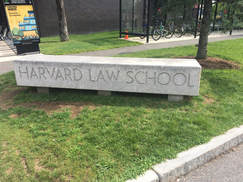




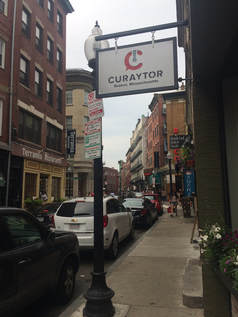
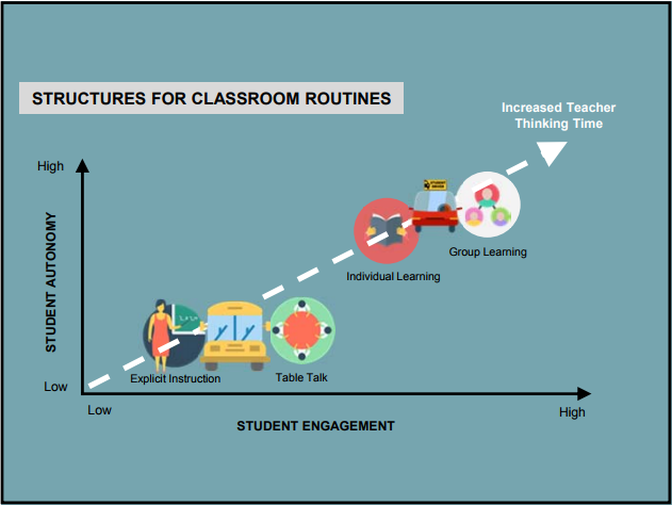
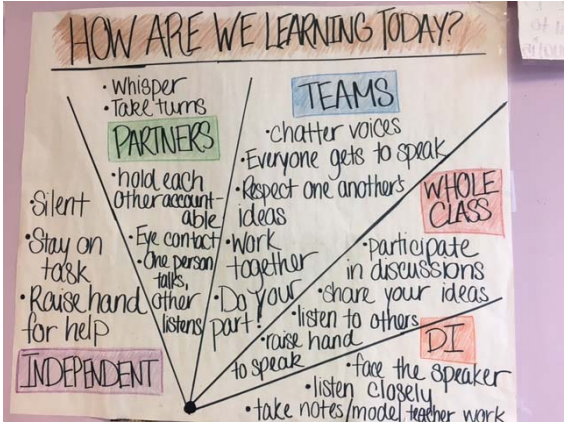
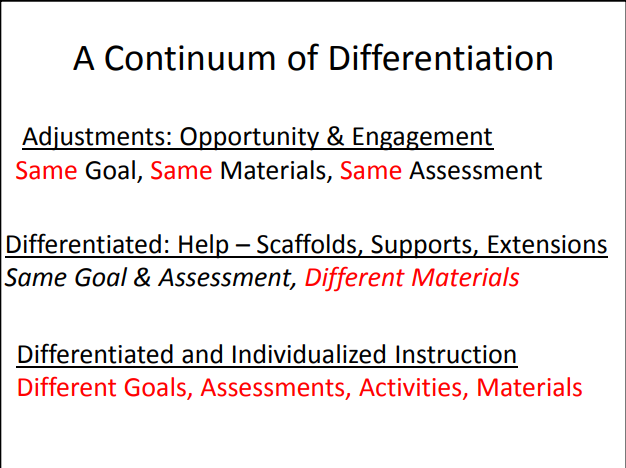
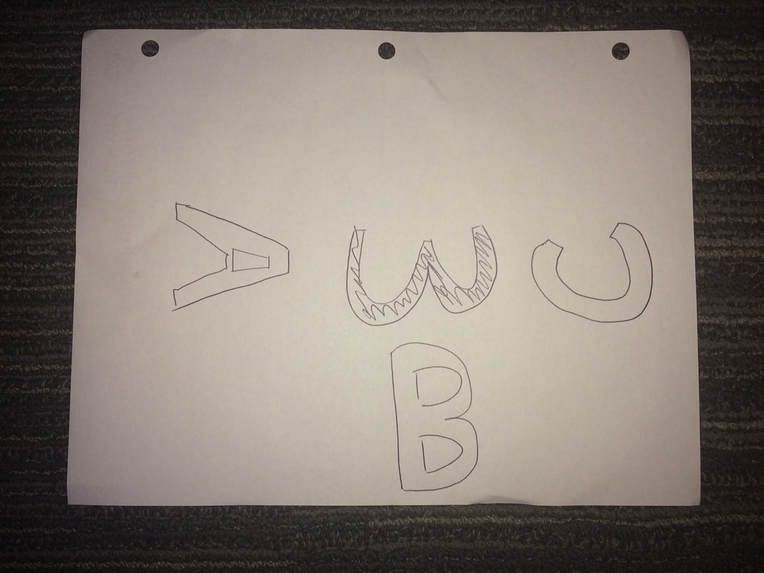
 RSS Feed
RSS Feed
